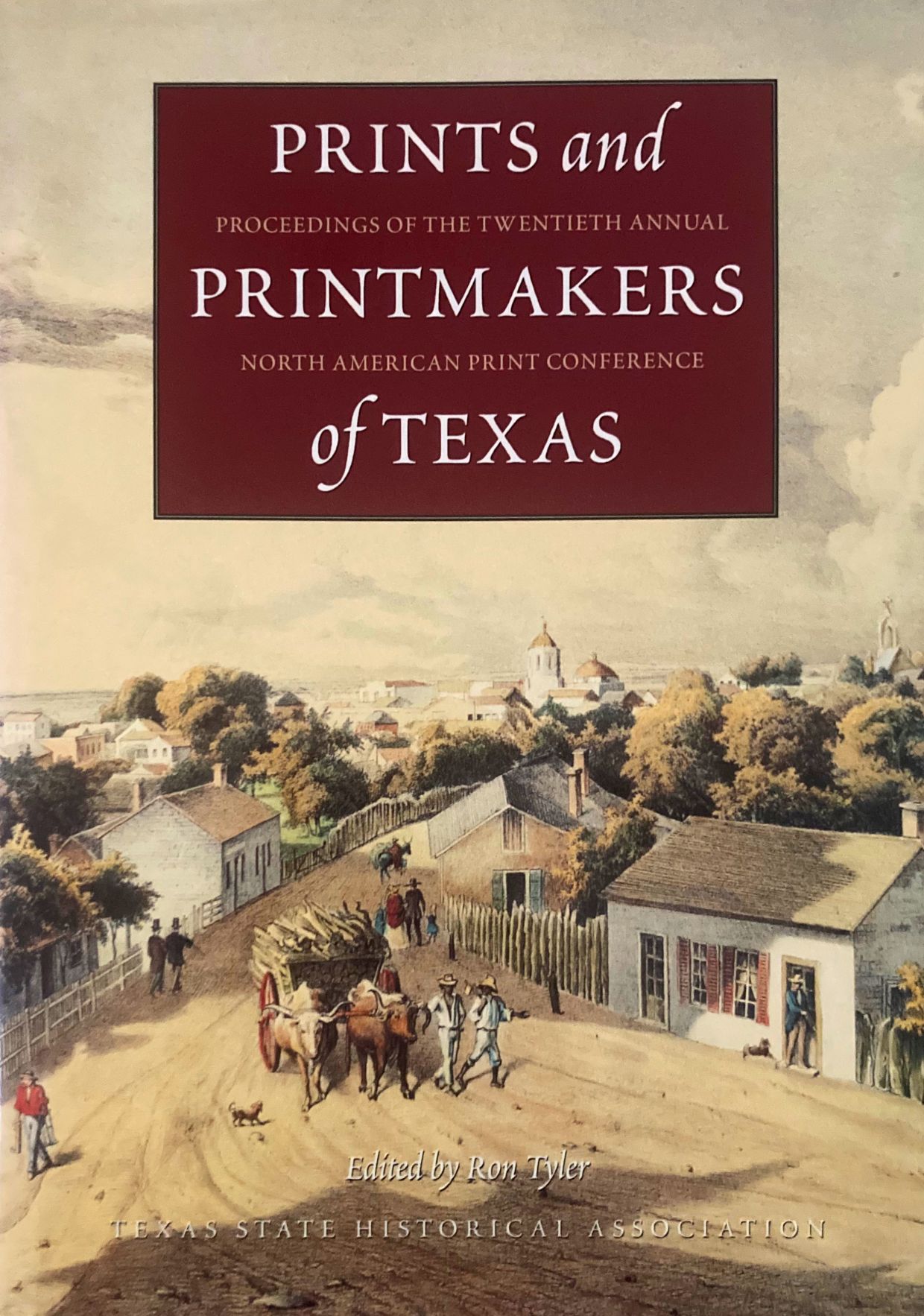Tex-Mex foods are a combination of Native American and Spanish cuisines, which came together to make a distinct new cuisine. Foods also reveal some of the cultural differences between such regional groups as Mexican Americans in South Texas and those in West Texas. The first Spaniards to arrive in Texas encountered a variety of Native American groups who ate different diets. The nomadic tribes lived off the land, eating game, fish, and available edible plants. Sedentary groups, such as those at La Junta de los Ríos, cultivated such crops as corn, beans, tomatoes, potatoes, squash, pumpkins, sunflower seeds, and peppers. Their squash was likely the cushaw, a winter squash that could be eaten in its tender stage or allowed to mature like a pumpkin and stored for winter. These cultivated foods were supplemented by wild plants and game, and some Native American groups had the domesticated turkeys. Wild game included deer, rabbits, javelinas, and quail. Wild plant foods included such products of cacti as nopales (prickly pear leaves), tunas (prickly pear fruit), and pitahayas (a sweet cactus fruit). Others were the sotol plant (usually baked in pits), the century plant and lechuguilla (both members of the agave family), and the mesquite bean. The Spaniards introduced wheat and a number of domestic animals-including pigs, goats, cattle, and sheep-along with a number of fruits and vegetables.
In early times, the Native Americans ate corn in one form or another at almost every meal. In its tender (roasting ear) stage, it is eaten fresh as elotes (either boiled in water or cooked over coals in the shuck) or boiled and dried for future use. In West Texas, the ears are called chacales. Boiled and dried fresh corn is also added to various other dishes, such as the West Texas Lenten dish comida de quaresma. In its mature stage, corn is toasted on a comal and ground into fine powder on a metate. This powder can be eaten dry (with cinnamon and piloncillo-raw sugar) as pinole or cooked in water or milk and eaten as atole. More commonly, the ripe corn kernels are boiled in water with lime added to remove the hard shell and swell the corn into a hominy-like state. It can then be used to make the breakfast dish posole (cooked with meat, chiles, garlic, salt, and sometimes other vegetables and seasonings). This processed corn is ground on a metate to make masa for corn tortillas (later, small hand-mills, or molinas, became available to speed the process) or to make nixtamal for tamales. Earlier in the twentieth century, corn tortillas were made almost daily, but tamales were made only on special occasions, particularly Christmas. When wheat flour became readily available in the 1930s, the flour tortilla began to replace the corn tortilla. Few people make corn tortillas today. Most buy them from the store and make flour tortillas, which are so much easier to make, at home. Corn tortillas form the basis of a number of popular dishes-enchiladas, tacos, chilaquiles, chalupas, quesadillas, tostadas, botanas, and others. The masa can be cooked in thicker patties to make gorditas filled with ground or shredded meat, chopped lettuce and tomatoes, and grated cheese. Most Texas-Mexican corn dishes, and the equipment used to prepare them, have names derived from the Aztec language, Nahuatl.
Another staple eaten daily was frijoles, or beans. In the earliest times, these were either kidney beans, tepary beans, or sometimes the black beans more common in Mexico. When they became available, however, pinto beans became the overwhelming popular choice. These were boiled in an olla (clay pot) and eaten as frijoles enteros, frijoles de la olla, or frijoles graniados. These may be reheated a time or two and served in the same form. As they are reheated, they tend to become soupy, and in this phase are referred to as frijoles familiares. Then the whole beans are fried as frijoles fritos. Finally, they are mashed and refried in lard with green chiles and onions or garlic-the well known dish found in burritos and served as side dishes with most Mexican foods in restaurants: frijoles refritos or machacados. Combined with other foods, beans may also be served as such dishes as frijoles a la charra (beans cooked with tomatoes, onions, cilantro and chiles), frijoles con queso (frijoles enteros or familiares with grated cheese), frijoles con chorizo (beans with Mexican sausage), and frijoles con quelites (beans with pigweed, an edible plant growing in the wild).
Squash was boiled as calabasa cocida or sliced and dried as rueditas. The latter could be stored and used later. Perhaps the favorite squash dish was calabacita, squash boiled, chopped, and fried with onions, tomatoes, and cheese. Cooked with meat to make a type of stew, it became calabacita con carne; cooked with chicken, it became calabacita con pollo. Pumpkins were used to make empanadas,among other dishes.
There were numerous dishes made from various meats, both from domestic and wild animals. Some of the more traditional ones are from pork, including chicharrones (fried pork rinds and various internal parts); from goat, including cabrito and machitos (called buriñate or buruñate in West Texas and burrañate in New Mexico); and from cattle, including fajitas. When a goat is butchered, machitos are made from the heart, lungs, kidneys, liver, and other internal parts, which are chopped and wrapped in the tela (visceral lining) and tied with a piece of the tripa, or small intestine. This is then cooked a la parrilla (on a grill) or al horno (in the oven). Another traditional dish from West Texas, deprecated by Anglos and acculturated Mexican Americans) is morcilla, a dish made from pig blood that is still prepared in rural areas of Spain. The blood is cooked inside the pig's cleaned stomach and then fried with chile, chopped onion, chopped tomatoes, garlic, and oregano. An older custom calls for adding raisins and nuts. Various caldos (soups) and adobos (a type of pickled meat dish) were also common. When a large animal, such as a steer, was butchered on the ranch, it was shared among the families there. Meats could be dried, made into chorizo, or cooked and immersed in lard. Carne seca (dried meat, sometimes called tasajo, or jerky) could last long periods and was prepared as guisados (stews) and a popular breakfast dish, machacado, made of shredded carne seca, eggs, and chiles. Chickens and turkeys were also common in most rural areas. They provided such dishes as arroz con pollo (chicken and rice), calabacita con pollo (chicken and squash), pollo guisado (stewed chicken), and chicken soup. Eggs could be used in such dishes as chorizo con huevos (sausage with eggs), papas con huevos (potatoes with eggs), and huevos rancheros (an egg dish prepared with chiles, onions, and other spices). Women also made fresh cheese from cow's and goat's milk, called queso blanco or in West Texas asaderos. They also made butter and jocoque (buttermilk) and such confections as leche quemada (caramel candy) and arroz con leche (rice pudding).
Dishes made from wheat flour (brought by the Spaniards) include a number of breads and confections. The same dough used to make flour tortillas at home can be cooked in an oven as pan de agua. A popular pastry, the sopapilla, is made of flour tortilla dough rolled and folded, then fried in hot lard and served with honey or another sweetener. Buñuelos are flour tortilla fried until crisp, then sprinkled with cinnamon and sugar. Pan blanco (or bolillos-also a slang name for Anglos) is a small, spongy loaf. Pan de campo was a wheat bread commonly cooked in cow camps in both West and South Texas. The various sweets made from wheat flour are legion, the more common ones being pan dulce (Mexican sweet bread), bizcochos (anise cookies), and cupcakes (sometimes called mamones because of their shape). These various pastries are an integral part of most fiestas, particularly quinceañeras, weddings, birthdays, and Christmas and New Year celebrations. Desserts include capirotada (a type of bread pudding) and arroz blanco con leche cocido (or simply arroz con leche), a rice and milk dessert with raisins and sugar.
Although traditional foods reveal the strong cultural ties between Mexican Americans in West Texas and those in South Texas, they also reveal the cultural differences. West Texas Hispanics are much more closely tied to the New Mexican culture. In West Texas and New Mexico, for example, enchiladas are typically prepared flat: the tortilla is dipped into hot grease and then into chile sauce, placed on a plate, and covered with grated cheese and chopped onions. The process is repeated until one has a stack of three or four tortillas, upon which a fried egg may be placed to make enchiladas montadas (mounted enchiladas). Beef or chicken is reserved for the rolled enchiladas originally popular in South Texas and now available around the world. Some dishes are not shared at the folk level but spread in popular culture (as exemplified by restaurants, for instance). Fajitas, for instance, widely available in restaurants, are a common folk dish in South Texas but not in West Texas. Working-class Mexican Americans in South Texas like tripitas, though the dish is not very popular in West Texas. (Tripitas are traditionally fried in a cooker made from an old plow disk set on three legs of pipe over an open fire or coals.) Morcilla, made of pork blood, is common in West Texas but not in South Texas. Despite regional differences of taste at the folk level, however, various Tex-Mex dishes have become popular world-wide. See also FOLKLORE AND FOLKLIFE.







